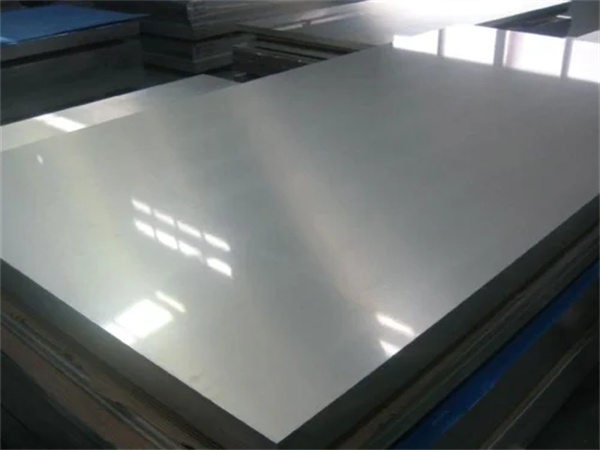Hot rolling is to use slab (mainly continuous casting slab) as raw material, and after heating, it is made into strip steel by rough rolling unit and finishing rolling unit. The hot steel strip coming out of the last rolling mill of finishing rolling is cooled to the set temperature by laminar flow, and rolled into steel strip coil by the coiler. The cooled steel strip coil undergoes different finishing according to the different needs of users. The production line (leveling, straightening, cross-cutting or slitting, inspection, weighing, packaging and marking, etc.) is processed into steel plates, flat coils and slitting steel strip products. To put it simply, after a steel billet is heated (that is, the red hot steel block in the TV), it is rolled several times, then trimmed, and straightened into a steel plate. This is called hot rolling.

Cold rolling: use hot-rolled steel coils as raw materials, pickling to remove scale, and then carry out continuous cold rolling. The finished product is hard-rolled coils. The strength, hardness, and toughness of hard-rolled coils increase due to cold hardening caused by continuous cold deformation. The plastic index decreases, so the stamping performance will deteriorate, and it can only be used for parts with simple deformation. Hard-rolled coils can be used as raw materials for hot-dip galvanizing plants, because hot-dip galvanizing units are equipped with annealing lines. The weight of hard-rolled coils is generally 6-13.5 tons, and the steel coils are continuously rolled at room temperature for hot-rolled pickled coils. The inner diameter is 610mm.
